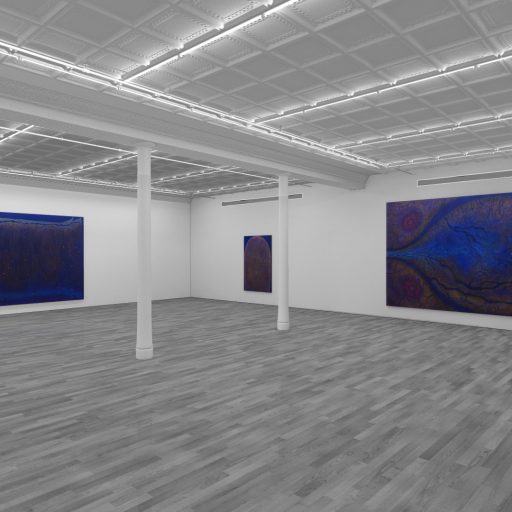

The exhibition Figures from a Lifetime attempts to establish a kind of order and system among Georg Baselitz's figurative representations.
Georg Baselitz was born in 1938 in Deutschbaselitz. As pioneer of neo-expressionism, he uses raw, painterly gestures to create powerful compositions with intense emotion. Figure representation is central to his painting, while he also experiments with the concept of abstraction. Baselitz's interest in portraiture and figure painting stems from his fascination with memory and its contradictions. In his view, every painting, even a portrait of another person, is a self-portrait of the artist. In recent years, he has intensified his engagement with images of the past, creating paintings and drawings based on artists' self-portraits. In the 1970s, Baselitz became famous for his upside-down pictures. He sees him as a revolutionary painter who draws the viewer's attention to his works by making them think and by arousing their interest. The themes of the paintings do not seem as significant as the visual insight of the work. Throughout his career, Baselitz has changed his style since the 1990s, from a layering of materials to a style that focuses more on clarity and seamless transitions. The drawings and paintings of the last ten years show how the artist revisits, corrects and varies his previous works. Self-reflection goes hand-in-hand with a senseless and surprisingly unrestricted graphic style. In his work, he uses paint or ink to evoke the influences of each portrait, capturing them in his own unique style. He has also studied Japanese and Chinese ink drawings and woodcuts for his drawings. One such artist was Hokusai (1760-1849). Later on, he himself was influenced by the creative world of Chinese artists. In particular, it was Zeng Fanzhi who learned a lot from Baselitz's works.










